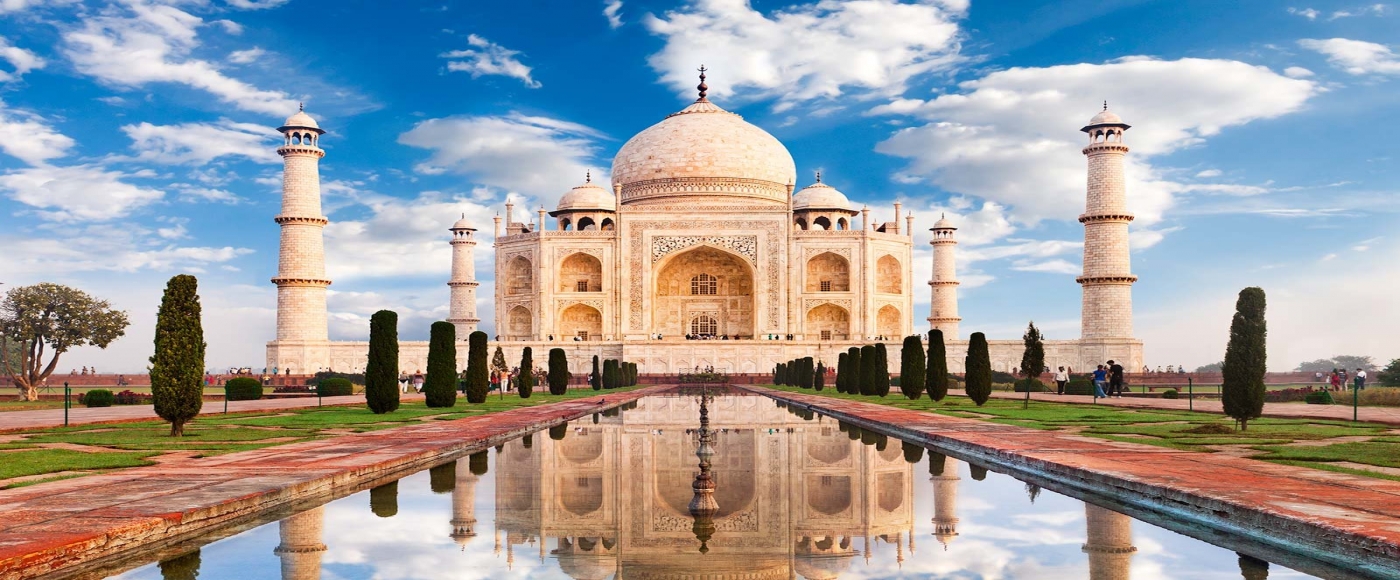“BCA Green Mark” Certification
"Green buildings" topic has been discussed in Singapore for the past 10 years. It has become a benchmark that many real estate developers pursue and become a standard to supervise by state management agency. In Vietnam, "green buildings" has also begun to be implemented, although the number is still small.
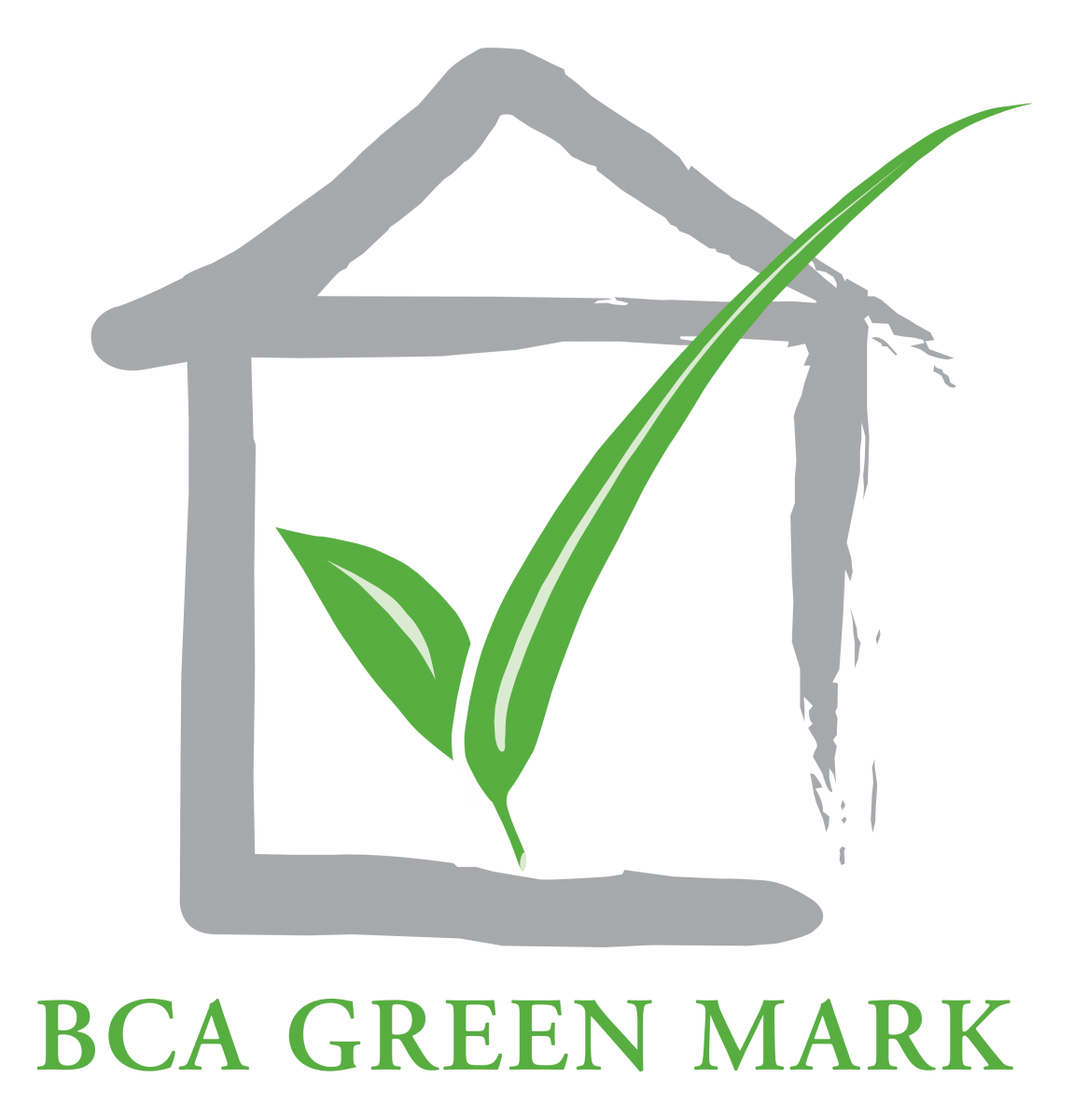
To achieve BCA Green Mark certification, buildings must meet the following criteria: energy efficiency, water efficiency, project management and development, environmental quality within buildings housing, environmental protection ... Besides, the criteria is innovative in design, construction.
From 2016, each building in Singapore will be equipped with an advanced outdoor instrumentation system designed to measure the building's energy efficiency, analyzing the cooling parameters, lighting, green coverage....
.jpg)
Project: The Estella (Source: Internet)
Of course, the cost of green buildings is more expensive than normal buildings by at least 10% to nearly 30%.
It costs money, but it does not mean that it is impossible to build such green buildings in Vietnam. In Hanoi, the Mulberry Lane project in Ha Dong District received this certificate. In Ho Chi Minh City, there is The Estella Building project in District 2 built by Keppel Land client which achieved BCA Green Mark in January, 2015. Moreover, an upcoming project is River Panorama complex apartment in South Saigon, District 7 which also get BCA Green Mark certified.
.jpg)
Project: The River Panorama Residence (Source: Internet)
BCA Green Mark Buildings can be expensive to invest initially, but its performance is great. The owner of the Estella project wrote on his website: The modern green building helped to save at least 23 percent of energy cost and 48 percent of water cost. It is estimated this project will save more than US$ 572,000 each year.
Newly built office buildings, commercial buildings, and renovated buildings can all be set and implemented to this certificate. In the near future, BCA will also develop green assessment criteria for schools and hospitals.
Others:
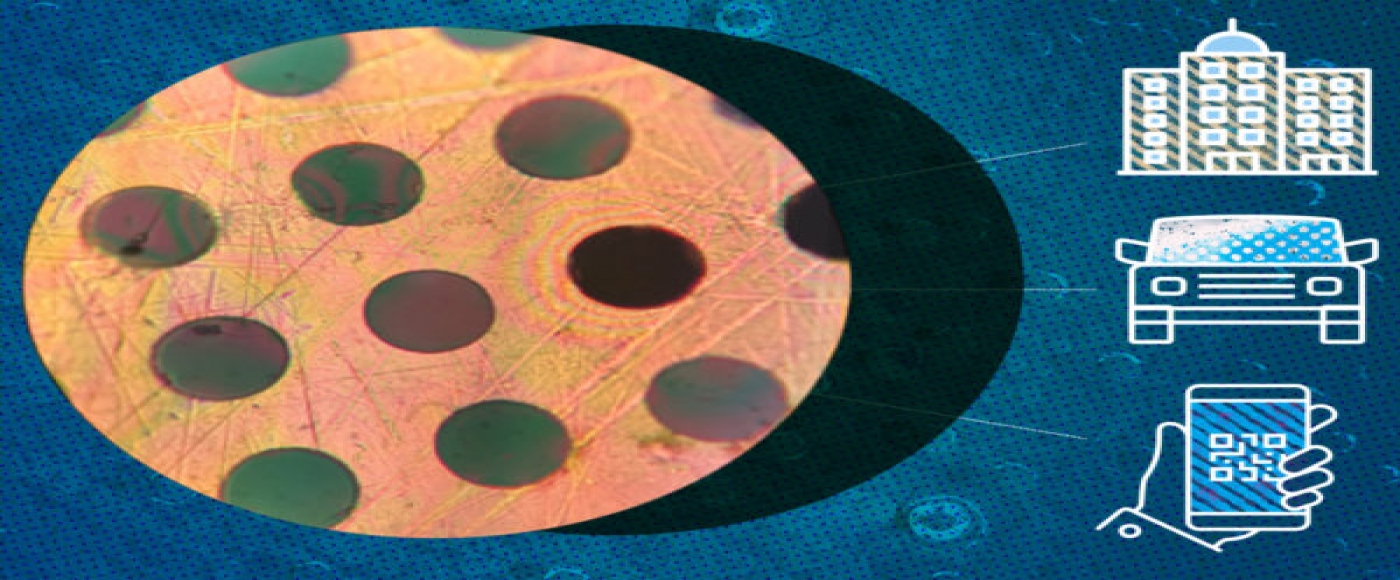
AN ‘IMPOSSIBLE’ 2D MATERIAL STRONGER THAN STEEL
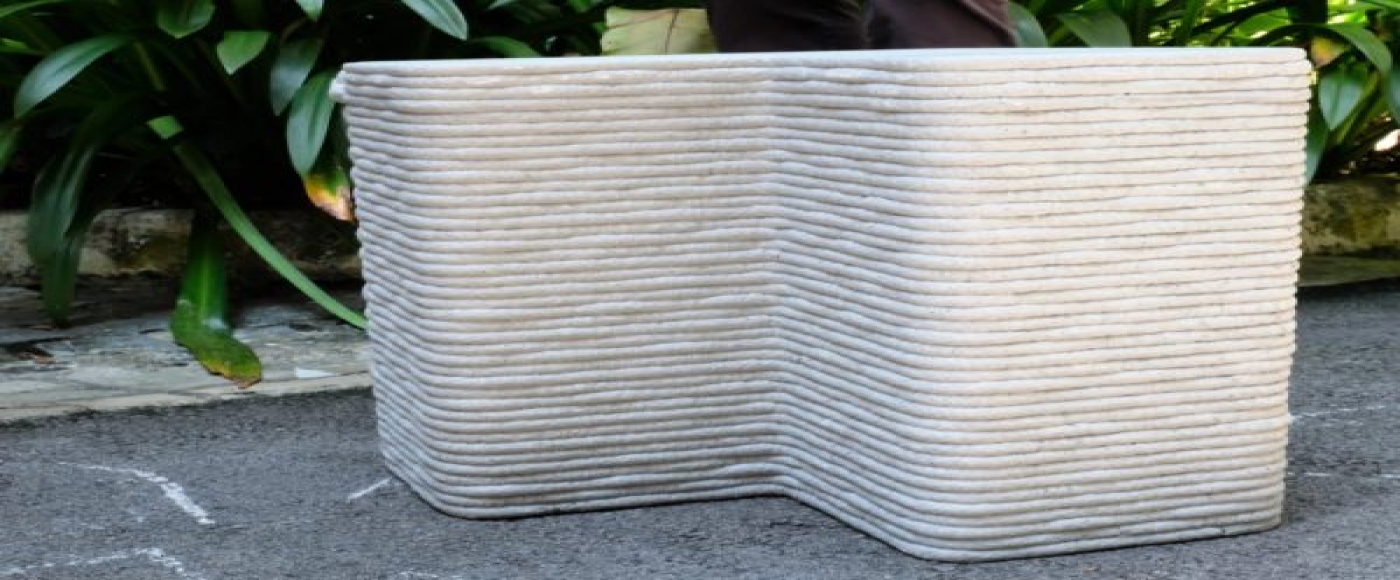
REPLACING SAND WITH GLASS WASTE IN CONCRETE 3D PRINTING
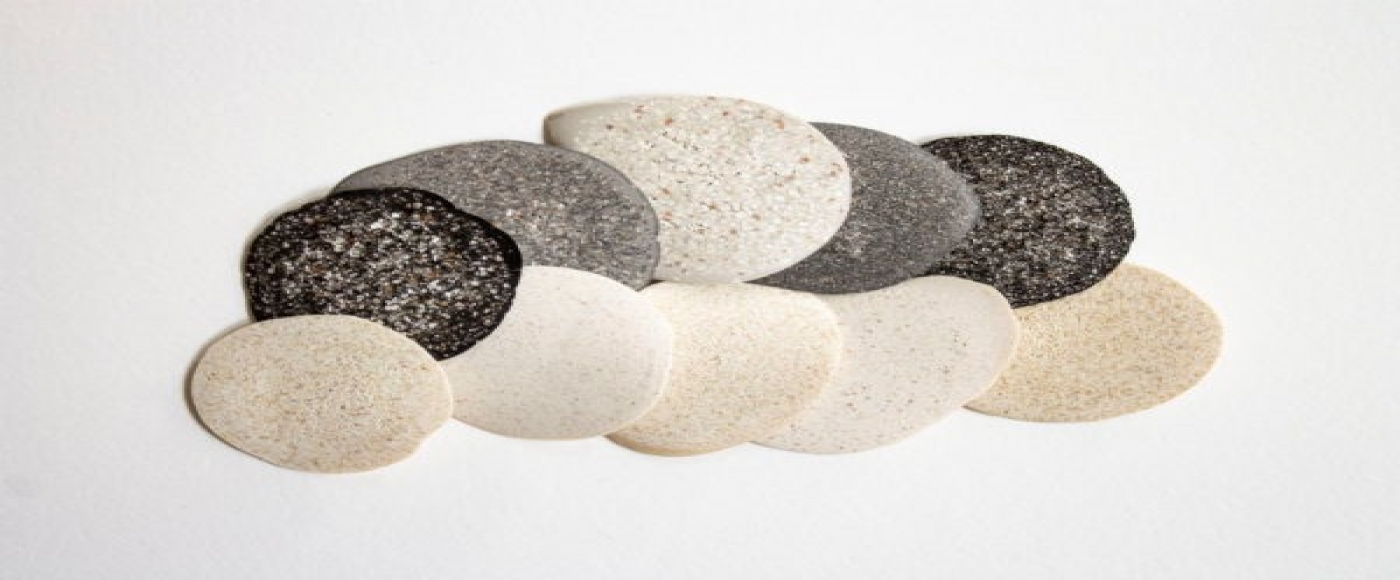
CERAMICS MADE OF EGGSHELLS
Vietnam’s Hospitality Real Estate – Time to rebuild

HoSkar Night - Networking Redefined
